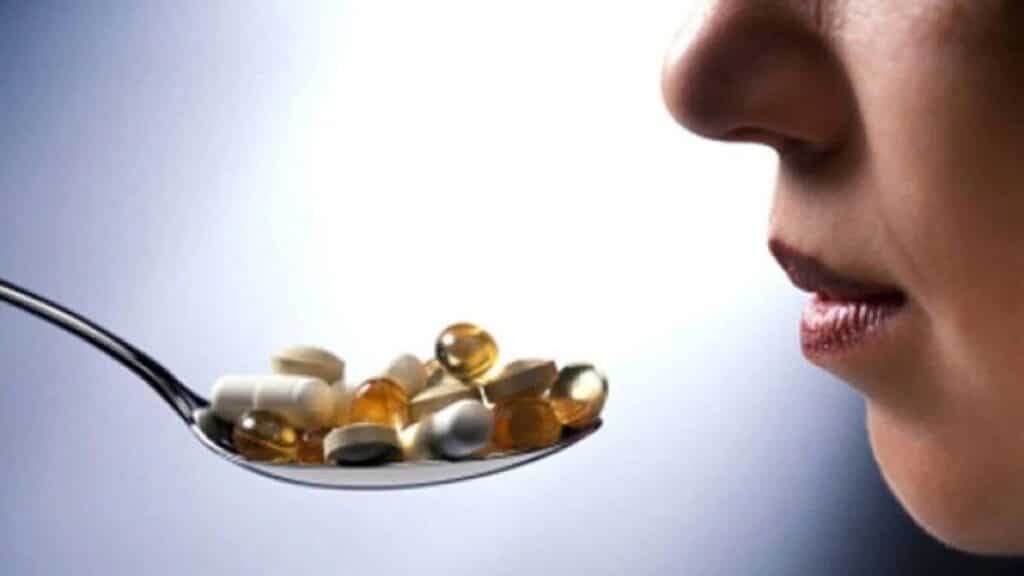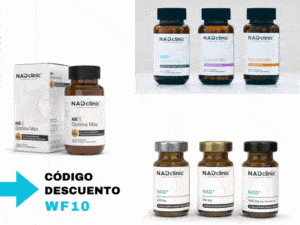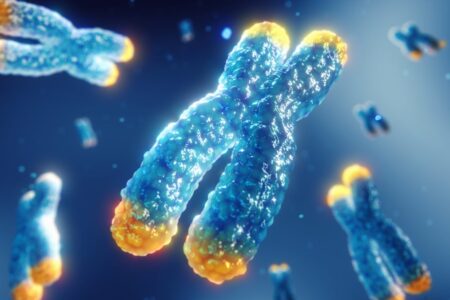The term oxidative stress is heard at health conferences, in advertising campaigns for creams and supplements, and even in everyday talks about ageing. But it is rarely explained precisely what it means. In fact, describes a chemical imbalance: when oxidising molecules, such as free radicals, overcome the defensive capacity of antioxidants in the body. This decompensation alters cell signalling. and can damage lipids, proteins or even DNA (Sies, 2020; Pizzino et al., 2017).
The free radicals are unstable moleculeswith unpaired electrons, which makes them very reactive. They are generated naturally in life processes - for example, when breathing or producing energy in the mitochondria - but also by external factors such as smoking, ultraviolet radiation or pollution. In small amounts, they perform useful functions, such as signalling between cells or fighting microbes. In excess, however, they are harmful (Pizzino et al., 2017).
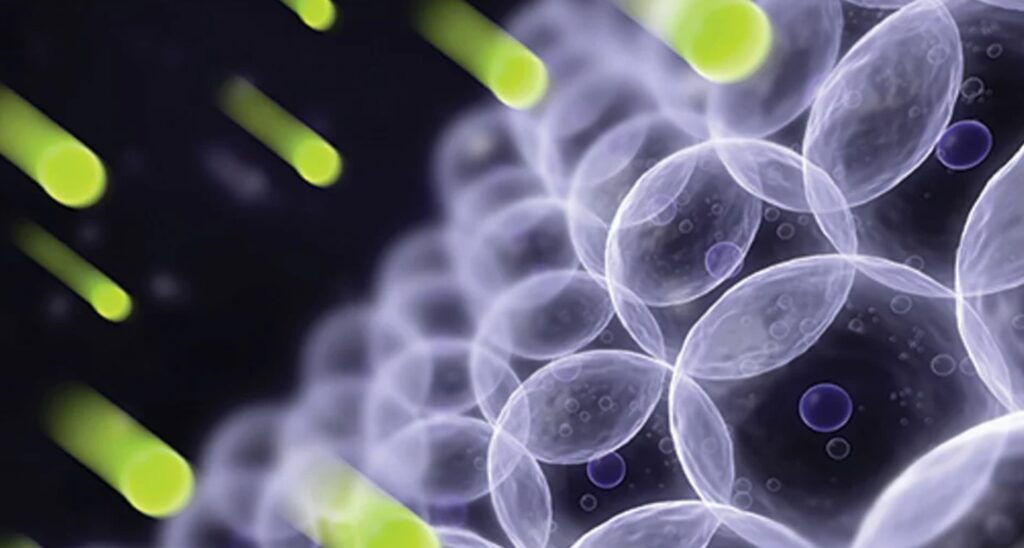
Before talking about solutions, it is worth clarifying a few premises. First, oxidation is not always negativeThe organism needs a certain level of reactive species to function. Secondly, not all antioxidants are beneficial in any dose. Clinical trials showed that megadoses of vitamin E or beta-carotene can increase mortality or lung cancer risk in smokers (Bjelakovic et al., 2012; ATBC, CARET). Third, context matters: age, chronic diseases, smoking or medication modify the actual impact of supplements. And fourth, source is key: antioxidants obtained from whole foods generally offer more safety and benefits than isolated tablets.
The first line of defence is in the LIFESTYLE. A Mediterranean diet, rich in fruits, vegetables, olive oil and nuts, provides vitamins, minerals and polyphenols that support redox balance (Pizzino et al., 2017). Smoking cessation, moderation of alcohol, good sleep and weight control also reduce sources of chronic oxidation. Regular exercise, far from "oxidising", long-term stimulation of internal antioxidant defencesHowever, it should be remembered that megadoses of vitamin C and E can block some beneficial adaptations to training (Ristow et al., 2009).
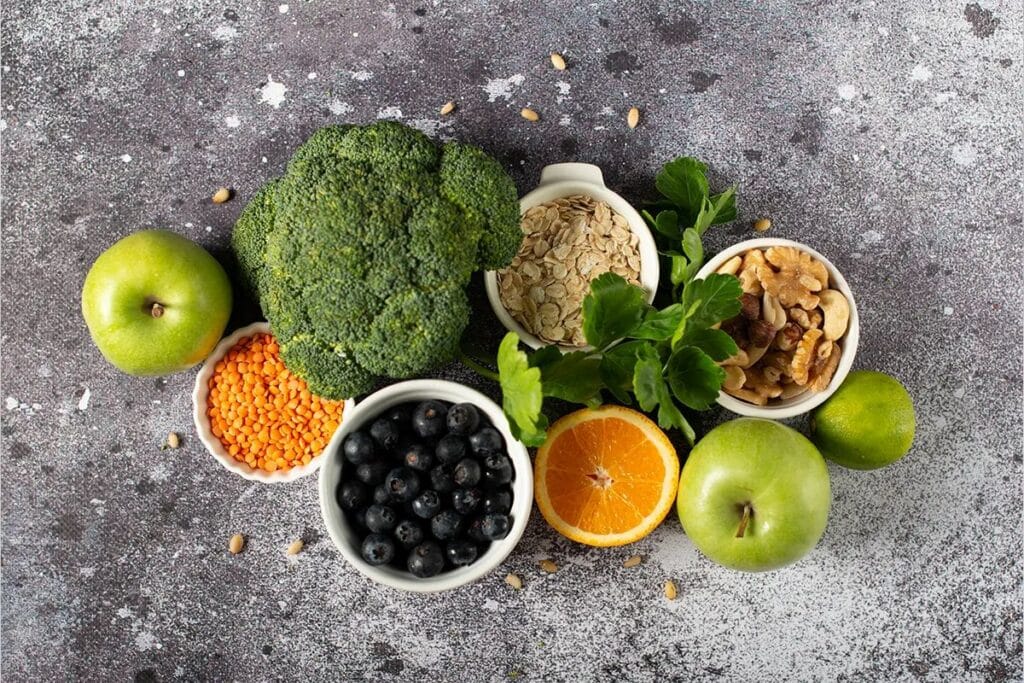
In the clinical field, there are emerging options.
Photobiomodulation with red or near-infrared light has been shown in trials to reduce markers of oxidative damage in muscle recovery. and some ophthalmological pathologies, although the evidence is still heterogeneous (Hamblin, 2018; Chung et al., 2012).
Ozone therapy, used in some countries, appears to modulate antioxidant defences at low doses, but remains controversial and requires medical supervision, as regulatory agencies such as the FDA have warned about its safety and efficacy (Bocci, 2011).
On the other hand, intravenous vitamin C has been used in sepsis and adjunctive oncology: some trials report improvements in clinical parameters, others show no survival benefit and possible adverse effectsshould not be considered a home treatment (Fowler et al., 2019; CITRIS-ALI Trial).
In terms of supplementation, science has identified several promising candidates. N-acetylcysteine (NAC) acts as a precursor of glutathione, the "master antioxidant", and is used clinically as an antidote for poisoning. Tests show that it increases cellular defences, although it may cause nausea or interact with some drugs (Rushworth & Megson, 2014). It is contraindicated in people with a specific type of bacterial growth in the small intestine (SIBO sulphur) and may interact with some drugs, such as anticoagulants and certain blood pressure medications.
The coenzyme Q10especially in its ubiquinol form, is involved in mitochondrial energy production and has shown benefits in cardiovascular disease and fatigue associated with statin use, with good tolerance although some interaction with anticoagulants (Zozina et al., 2018).
The glutathionein liposomal or sublingual forms, improves its bioavailability and has been shown to raise blood levels in small studies, with an acceptable safety profile (Allen & Bradley, 2011).
Vitamin C, a classic and widely studied vitamin, helps recycle other antioxidants such as vitamin E and works well at moderate doses; however, high doses may saturate absorption, alter laboratory tests or cause stones in predisposed individuals (Pizzino et al., 2017; Fowler et al., 2019).
Finally, polyphenols such as resveratrol or EGCG from green tea have a more indirect action: they stimulate internal defence pathways and are associated with cardiovascular benefits, although their bioavailability is low and, at high doses, they may be hepatotoxic or interfere with drugs metabolised in the liver (Pizzino et al., 2017).
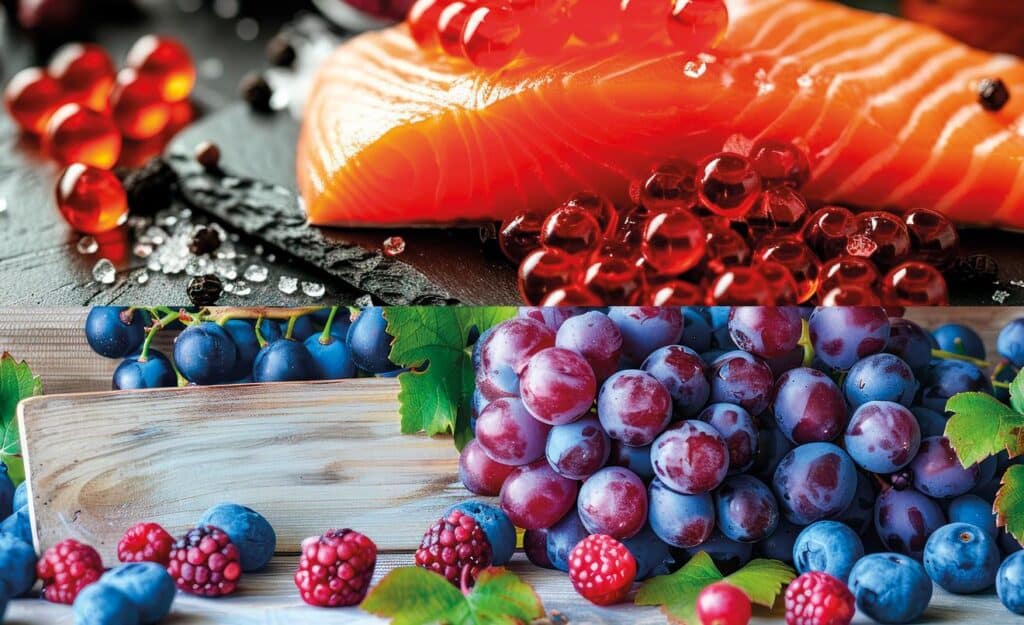
It should not be forgotten that interactions between nutrients can change the picture. Vitamin C regenerates oxidised vitamin E, which is a good thing, but in megadoses both together can cancel out the beneficial adaptations of exercise (Ristow et al., 2009).
Excess vitamin E interferes with anticoagulants. Beta-carotene increases the risk of lung cancer in smokers. NAC can alter the metabolism of certain drugs and polyphenols affect liver enzymes (Pizzino et al., 2017; Bjelakovic et al., 2012).
The big question is whether they should be used as an over-the-counter self-care measure. Meta-analyses of antioxidant supplements in the general population show no reduction in mortality, and in some cases an increase in risk (Bjelakovic et al., 2012). However, there are documented benefits in specific situations: NAC in poisoning and respiratory pathologies, CoQ10 in cardiology or in the effects of statins, intravenous vitamin C in critically ill patients. The key point is that these applications are for clinical use, not unsupervised preventive use.
In short, for a healthy person, the safest and most effective way is through a balanced diet, regular physical activity, control of harmful habits and environmental exposure. The most studied supplements - NAC, CoQ10, glutathione, vitamin C and polyphenols - may have their place, but always on a case-by-case basis, avoiding megadoses and considering interactions with other treatments. And if they are medical interventions, they should only be applied in controlled settings with published evidence.
As a practical summary: prioritise foods rich in natural antioxidantsreduce external sources of oxidation, train regularly, do not start taking powerful supplements on your own, and consult before combining products with medication. Thus, the concept of antioxidant regains its true meaning: not a miracle promise, but a key part of a delicate biochemical balance that sustains life and health.
